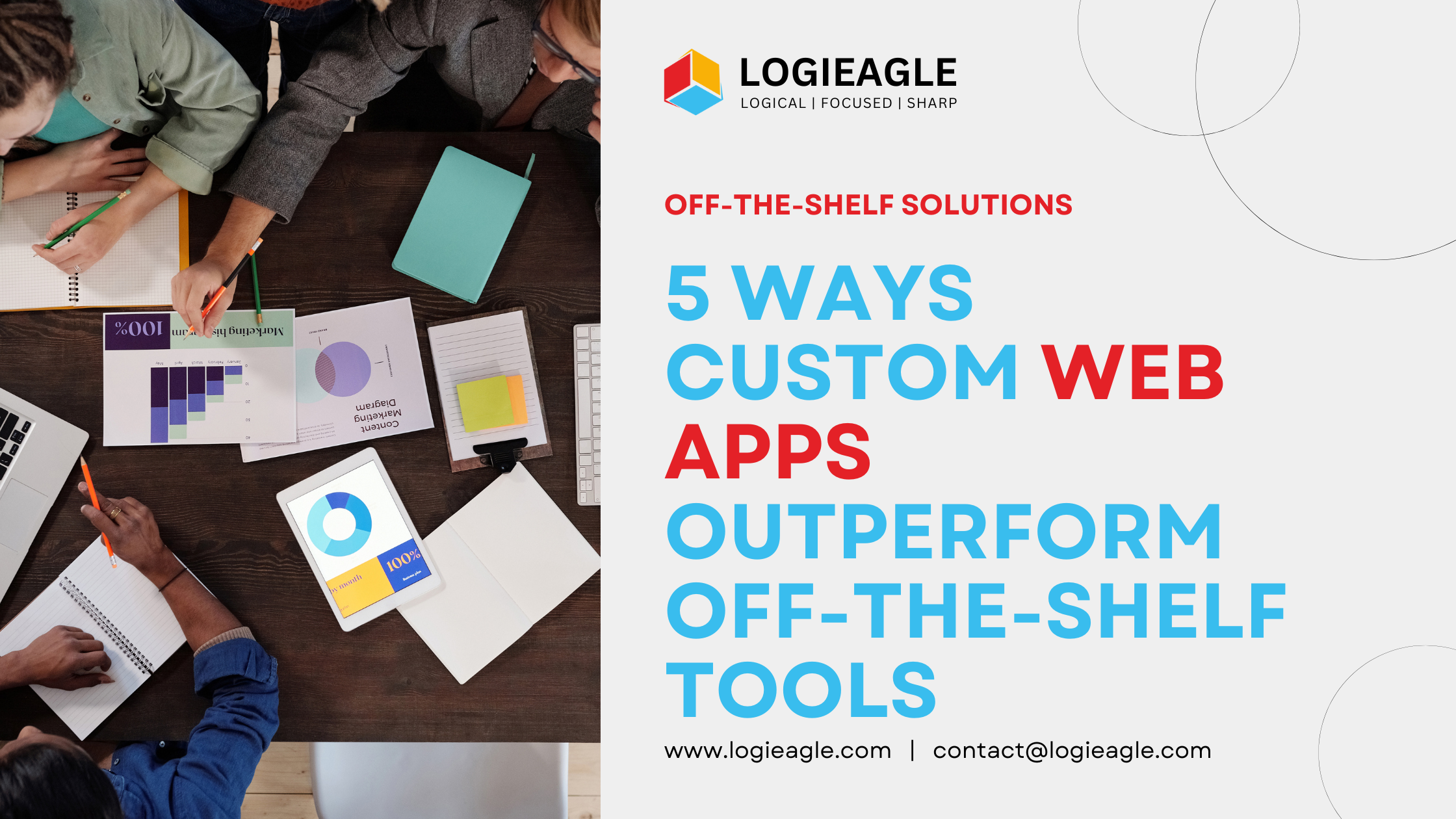
Why UX Is the Silent Salesperson in Every App
Think of UX as the quiet hero working behind the scenes. Unlike a traditional salesperson—with charm, urgency, and persuasive talk—user experience doesn’t talk at users. It gently nudges them through thoughtful design, guiding every tap, swipe, and scroll toward an outcome.
UX shapes how people perceive your brand, use your features, and ultimately decide to buy—or keep coming back. Every interaction is a chance to either inspire trust or spark frustration.
First Impressions Matter—A Lot
If users hit a bad experience, they rarely return. In fact, 88% of users are less likely to go back to a site after a poor experience. That means your interface speaks volumes… even before any salesperson—or feature—comes into play.
Build Trust Through Design
Imagine your app as a friendly store:
- Simple, intuitive navigation acts like clear store signs—it helps users find what they want without confusion.
- Clean visuals—from color harmony to typography—send a subconscious message: “We care. You’re in good hands.”
- CTAs (buttons like “Buy Now” or “Start Free Trial”) should be inviting, visually distinct, and feel natural—not pushy.
- Visible trust markers—like SSL indicators, clear privacy info, return policies, or user reviews—quietly reassure hesitant users.
Smooth, Friction-Free Paths
Reducing friction transforms checkout headaches into fast, smooth flows:
- Use progressive disclosure so users only see information when they need it.
- Offer real-time validation to prevent annoying errors.
- Streamline everything—auto-filled entries, guest checkout options, and breadcrumb navigation to easily backtrack.
- Familiar patterns—from Amazon’s one-click buying to Airbnb’s clear booking breakdowns—instill user confidence.
All these micro-decisions add up. The smoother the ride, the more likely users are to convert—and come back.
Personalization Sends a Quiet Message: “We Get You”
When your app recommends something based on past behavior—like Spotify’s Discover Weekly or Netflix’s curated list—it’s not just a suggestion. It’s saying: “We know you.” That emotional connection is something that classic sales pitches simply can’t match.
UX Isn’t Set-and-Forget—It Evolves
Today’s UX professionals aren’t just designers—they’re detectives and analysts:
- They use heatmaps, session recordings, A/B tests, surveys, and support tickets to discover what works—and what frustrates.
- They track metrics like conversion rates, bounce rates, task completion time, and feature adoption to pinpoint where users lose steam.
- Then they iteratively test improvements, measure the results, and refine—making UX a continuous cycle of improvement.
This data-driven, iterative approach turns assumptions into results—and helps your app evolve with your audience, not chase trends.
Walkthroughs and Onboarding That Actually Help
A well-designed walkthrough feels like a plus-one for new users:
- Apps like Slack or Notion use overlay tooltips or progressive disclosure to introduce core features gradually.
- Progress bars, microcelebrations, and skip options (think Duolingo) provide motivation and control.
- Contextual tips appear just when needed, saving cognitive effort and guiding discovery.
Timing matters, too:
- First-time users value guidance.
- New feature rollouts need smart reminders.
- Complex workflows, inactivity points, or task drop-offs are prime for nudges—not intrusive pop-ups.
These moments keep users engaged and moving forward.
Insights from Every Interaction
Every click, skip, or swipe in your walkthroughs yields valuable insight: what confuses users, where they lose interest, what truly delights them. Use this data to prioritize improvements, craft smarter marketing narratives, and target messaging toward those “aha!” moments.
Final Thoughts: UX Sells By Being Invisible—And Trustworthy
At its core, UX isn’t a flashy gimmick—it’s trust built into every interaction. Users don’t just buy features; they buy experiences that respect their time, anticipate their needs, and guide them calmly toward their goals.
Every smooth checkout, personalized suggestion, and thoughtful hint builds cumulative trust that turns first-time visitors into loyal advocates. It’s how your app becomes not just functional, but indispensable—without ever sounding like a salesperson.
 Excel Automation for Non-Technical Teams: A Beginner's Guide
Excel Automation for Non-Technical Teams: A Beginner's Guide
 How AI Is Transforming ERP Systems for SMEs
How AI Is Transforming ERP Systems for SMEs
 Master Inventory Management with These VBA Tips and Tricks
Master Inventory Management with These VBA Tips and Tricks
 Timing Your Investment: The Key to Successful Business Automation
Timing Your Investment: The Key to Successful Business Automation
 5 Ways Custom Web Apps Outperform Off-the-Shelf Tools
5 Ways Custom Web Apps Outperform Off-the-Shelf Tools
 Evaluating ERP Vendors in 2025: What You Need to Know
Evaluating ERP Vendors in 2025: What You Need to Know
 How automation can lead to Big Impact on Tool Adoption
How automation can lead to Big Impact on Tool Adoption
 How to Use Excel Macros to Enhance Team Efficiency
How to Use Excel Macros to Enhance Team Efficiency
 From Idea to Prototype: Build Your Product Without a Dev Team
From Idea to Prototype: Build Your Product Without a Dev Team
 Boost Your Small Business Credibility by Avoiding These 7 Common Website Mistakes
Boost Your Small Business Credibility by Avoiding These 7 Common Website Mistakes